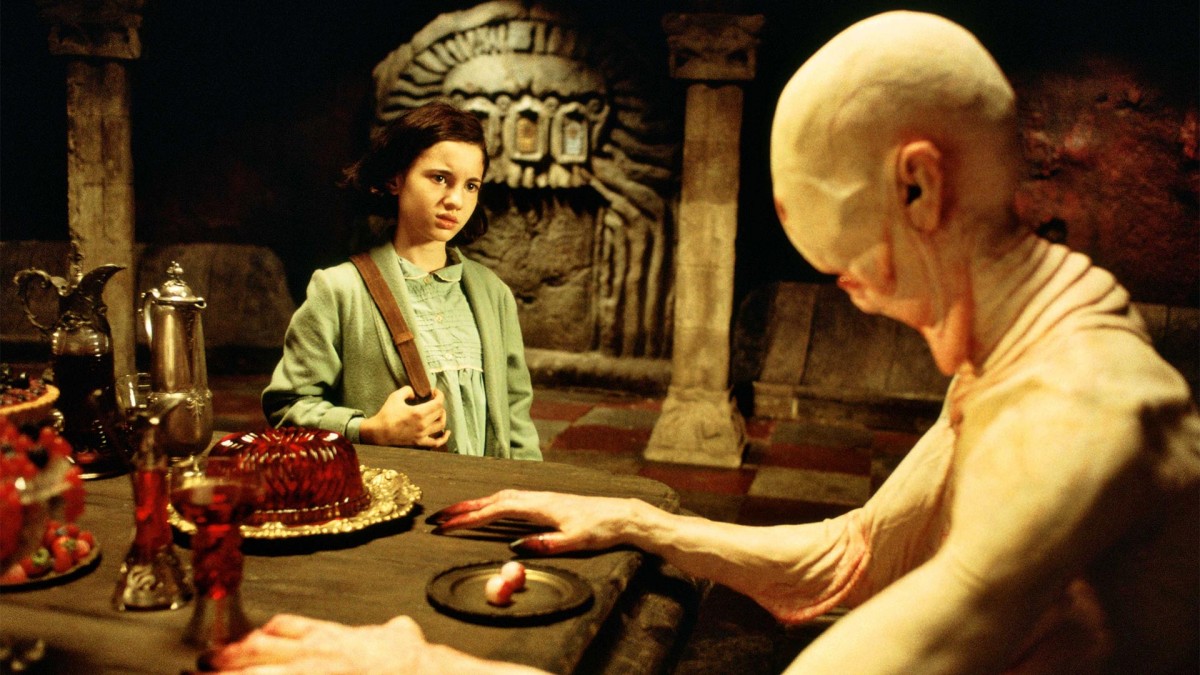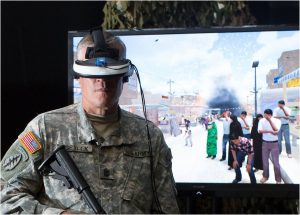Originally, I assumed metatheater was any live performance which broke the fourth wall, but that is false. Metatheater is complicated. It meditates on the play existing as theater. There are multiple ways of understanding it.
One consensus we reached in class is that a drama created by the characters in the primary narrative, such as Teodoro adopting the identity as the son of a noble, is metatheater. The characters creating characters shows construction of theater in theater. Does that mean metatheater lies in the complexity of characters? Does it mean whenever a character in a story lies about who they are it’s metatheater? Is Don Quixote metatheater?
Another aspect is that metatheater juxtaposes different threads of conflict, such as in a braided narration. But is a braided narration metatheater? According to our discussion in class, not so much.
Finally, if metatheater is live performance which shows the construction of the play in its narration, does that mean metafilm is a film of making a flim? Apparently not. Metafilm is a different, obscure concept of narratives watching each other. Dr. Carrion suggested its inextricably linked to camera angles.
Ultimately I understood from this chapter that metatheater is a form of art which deals with existential concepts.

